Please note: In September 2019, we updated the DXOMARK Mobile test protocol to cover ultra-wide-angle performance and renamed the protocol DXOMARK Camera. We also expanded our low-light testing and created the new Night sub-score, which incorporates the previous Flash score. We have retested this device using the new Wide and Night test protocols and updated the scores in this review, but we have not changed the text from the original review. For more information, please see the articles about our new Wide and Night test protocols.
Launched this spring, the Nokia 9 PureView drew immediate attention thanks to its unique five-camera main-camera design. Jointly developed with Silicon Valley imaging startup Light, and in cooperation with SoC vendor Qualcomm, the multi-camera module is strikingly different from others on the market. For starters, all five cameras are active all the time, and three of them capture monochrome images. The Qualcomm Snapdragon 845 SoC and a custom-designed co-processor combine the images for the final result. Effects like Bokeh are assisted through a sixth sensor that measures distance using Time of Flight. Video, however, uses only one of the five cameras.
The Nokia 9 is capable of either using multiple camera modules with the same exposure to enhance detail or with varied exposures for improved dynamic range. By default, it chooses its specific mode automatically based on the scene and light levels. Nokia also claims that the Time of Flight sensor makes it possible to estimate depth accurately from as close as seven centimeters to a far distance of 40 meters, allowing for the capture of precise depth data for the simulated bokeh mode.
We’ve published a more detailed technical analysis of the Nokia 9’s novel camera design elsewhere, but now that we’ve gotten a chance to run it through our battery of tests in house, we can provide a full review of its imaging performance.
Key camera specifications:
- Five-camera main-camera configuration with 2 RGB and 3 Monochrome sensors
- 12MP 1/2.9-inch sensors, with 1.24µ pixels on all cameras
- f/1.8 lenses with 28mm equivalent focal length on all cameras
- All five cameras active for RGB, three for Monochrome, one for Video
- Time of Flight sensor for depth estimation
- Dual-LED dual-tone flash
- 4K video, 2160p/30fps
About DxOMark Mobile tests: For scoring and analysis in our smartphone camera reviews, DxOMark engineers capture and evaluate over 1500 test images and more than 2 hours of video both in controlled lab environments and in natural indoor and outdoor scenes, using the camera’s default settings. This article is designed to highlight the most important results of our testing. For more information about the DxOMark Mobile test protocol, click here. More details on how we score smartphone cameras are available here.
Test summary


Achieving an overall DxOMark Mobile score of 85 points, the Nokia 9 PureView doesn’t deliver the results that many expected after the excitement surrounding its innovative multi-camera design. Its performance is similar to two-year-old models from other vendors, like the Apple iPhone 7 and LG V30. Its Photo score of 88 was made up of sub-scores that were fairly weak across all categories, except for Bokeh where the multiple cameras delivered an impressive score of 55 points.
Autofocus was also respectable, with a score of 90. One particularly disappointing score was the Nokia 9’s Zoom score of 27. Given the promise of super-high-resolution composites from the five cameras, it would seem to make sense that zeroing in on a portion of the image would still yield plenty of detail. However the Nokia 9’s Zoom score was substantially below even the single-camera Pixel 3a.
For video, only one of the five cameras is used, so video results would be expected to track similarly to other, conventionally-designed, cameras. Except for a solid score of 87 in Stabilization, though, the Nokia 9 put in a weak performance in all the other Video categories compared to other current model premium phones, delivering a Video score of 80.
The camera is fairly consistent about slightly under-exposing in most target lighting conditions, ranging between 75% and 90% of correct exposure from 10 to 1000 lux. In daylight it is consistent at just about 90%. It also does a reasonable job of proper exposure in high-contrast scenes, but colors are under-saturated in the dark portions of the image compared to other contemporary phones like the P30 Pro and Galaxy S10 Plus. There is also substantial loss of detail in the bright areas of the image compared to the P30 Pro. You can see this in our under bridge test scene below.
Other than the issue with under-saturating some colors, the Nokia 9 had good overall color rendering outdoors. But images often suffered from a pinkish White Balance and Color Shading. In the sample on the left below the strong pinkish cast is very noticeable. Color shading is visible along the bridge and also in the low light (5 lux) shot of our lab test chart.
Detail preservation in bright outdoor conditions is one of the highlights of the Nokia 9’s photo performance, with even very fine textures rendered nicely. At the same time noise is very well controlled, with hardly any luminance noise visible in the blue sky of our outdoor sample below. Things go a little downhill in indoor conditions and low light, however, with both levels of detail decreasing and noise levels increasing.
The Nokia 9 does a reasonable job of controlling artifacts, giving it an Artifact score of 62. A loss of sharpness close to the edges of the frame is the most noticeable artifact. In our indoor test scene below you can see that textures are rendered well at the center of the frame but acutance is lost in the corners and around the edges.
Other artifacts include ringing, noisy edges, which are both visible along high-contrast edges in the sample shot below, and sometimes moiré patterns.
The Nokia 9 is also doing a reasonable job in bokeh simulation mode, although it is not up with the top multi-camera scores. Spotlights were well-controlled, although the shape of the artificially-generated bokeh is slightly unnatural. Despite Nokia’s impressive claims for the camera’s ability to do a precise job of isolating depth, we also found artifacts related to isolating the subject from the background in areas with fine details.
Unlike with the Bokeh tests, the multi-camera module didn’t deliver when it came to Zoom. Despite having access to five cameras worth of data to perform digital zoom, the Nokia 9 only scored a 27 – 20 points behind the single-camera Pixel 3 from last year. In particular, fine details were lost when zooming in, and an unpleasant ringing effect was noticeable.
The Nokia 9’s un-impressive Flash score of 63 was due in part to a strong green cast to images shot using only flash. There is also visible light fall-off in those images. When the camera’s flash is combined with indoor (tungsten) light, white balance turns purple and a red eye effect becomes especially noticeable. There are also variations in exposure between frames.
The Nokia 9 does a good job of quick and consistent photo Autofocus, even in low-light conditions, helping garner an Autofocus score of 90. That still isn’t quite on par with the super-fast focus of some other modern flagship phones, but good enough to be one of its stronger features.
The Nokia 9’s mostly-weak Video scores don’t make it ideal for those who use their phone’s camera primarily for video. With an overall Video score of 80, it is well below the competitive flagship models – especially in Exposure (67)
Texture (35). Target exposure is good down to approximately 20 lux but not up to the low-light performance of leading models like the Galaxy S10+ and Huawei P30 Pro.
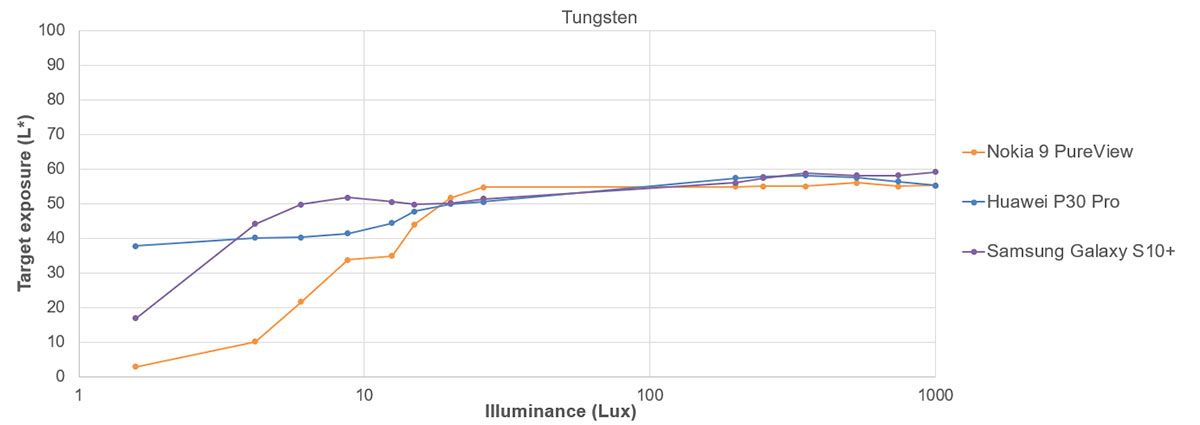 Video exposure comparison
Video exposure comparison

Our testers also found color rendering in video clips to be inconsistent, particularly in low light, resulting in a fairly low color score of 71.
The Nokia 9 did a poor job of retaining detail and sharpness when shooting video, even performing worse than the competition in pretty much all light conditions. Even bright light didn’t help the Nokia 9 get much above 40% in our perceived sharpness tests for video.
Stabilization (87) and Noise reduction (76) are the strongest elements of the Nokia 9’s Video performance. Stabilization works reasonably well both when walking while recording and when holding the camera still. Autofocus (78) is also generally reliable.
Conclusion
With the possible exception of its Bokeh capability, the Nokia 9 PureView doesn’t deliver either a Photo or Video performance on par with other current model phones in its premium price range. In particular, the implementation of video seems to be fairly generic, and doesn’t benefit in any way from the multiple cameras or computational imaging capability of technology partner Light. This said, it is an upgrade from last year’s Nokia 8 – which scored 68 points overall – and also a slight improvement in photo quality over the dual-camera Nokia 8 Sirocco, upping it score from an 85 to 88 thanks to large gains in Bokeh, although it actually scored worse in many other categories, as well as in Video.
While the Nokia 9 PureView offers an innovative and intriguing multi-camera architecture, and perhaps a glimpse of the future, it isn’t able to use its five-camera rear camera to distinguish itself when used in the default modes that we test, and that are the modes most users stick with. However, it does have a variety of unique capabilities like dedicated black and white sensors, and a multi-image super-resolution mode suitable for extensive post processing. Nokia has also done an excellent job working with Adobe to provide Lightroom Mobile support for the Nokia 9’s unique features. Having depth maps integrated with Google Photos also allows Nokia 9 users to re-focus their images after the fact, which also sets it apart from most other cameras on the market today. Unless you plan to take advantage of its specialized features, though, the PureView 9’s camera isn’t on par with its competitors.
Photo pros
- Fast and accurate autofocus in most conditions
- Fairly good detail preservation
- Noise well controlled in most conditions
Video pros
- Generally efficient stabilization
- Noise well managed in most tested scenes
- Reliable autofocus is reliable in most conditions
Photo cons
- Limited zoom capabilities
- Exposure instabilities and white balance casts with flash
- Pink color cast in outdoor condition
- Color shading in most conditions
Video cons
- Limited dynamic range
- Low levels of details
- Sharpness difference between frames is noticeable
- Judder effect when panning
- Inaccurate color rendering
- Exposure variations, especially outdoor


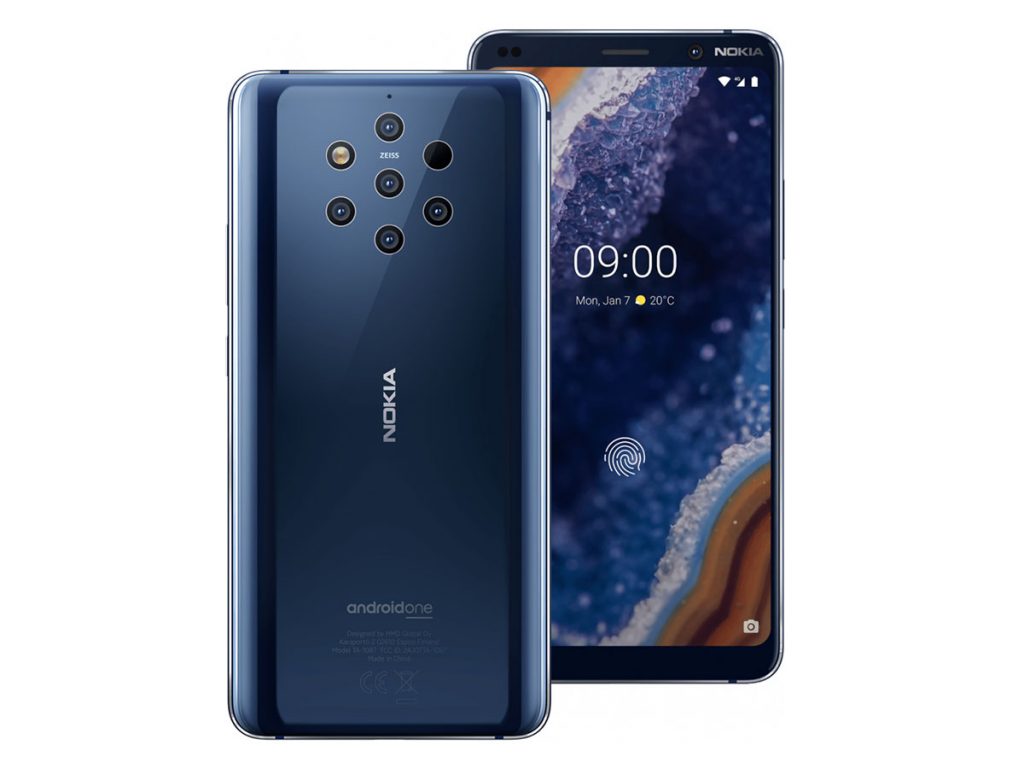








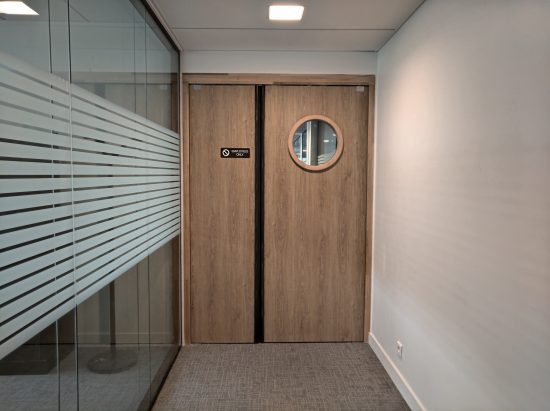
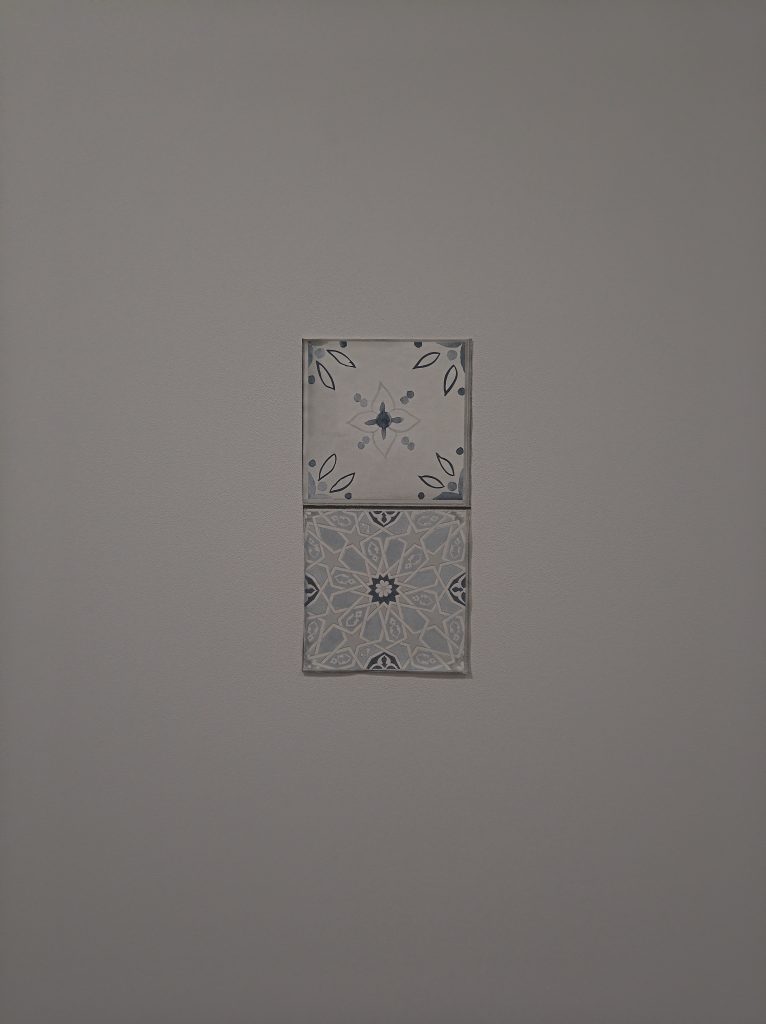
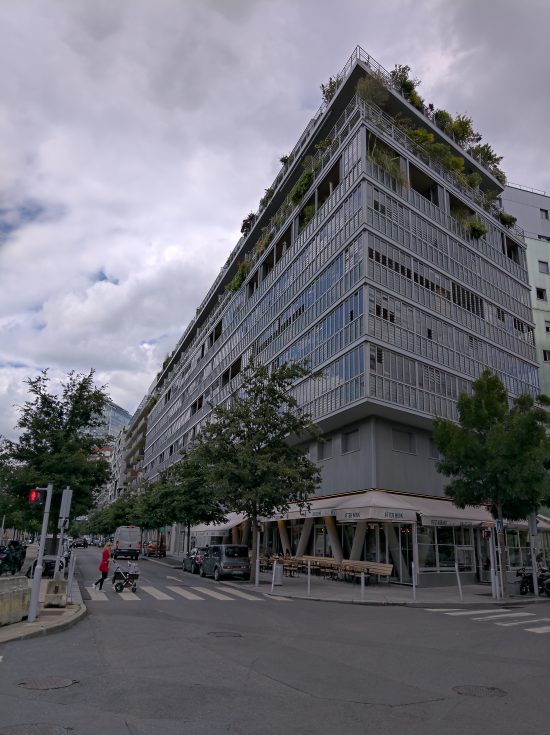



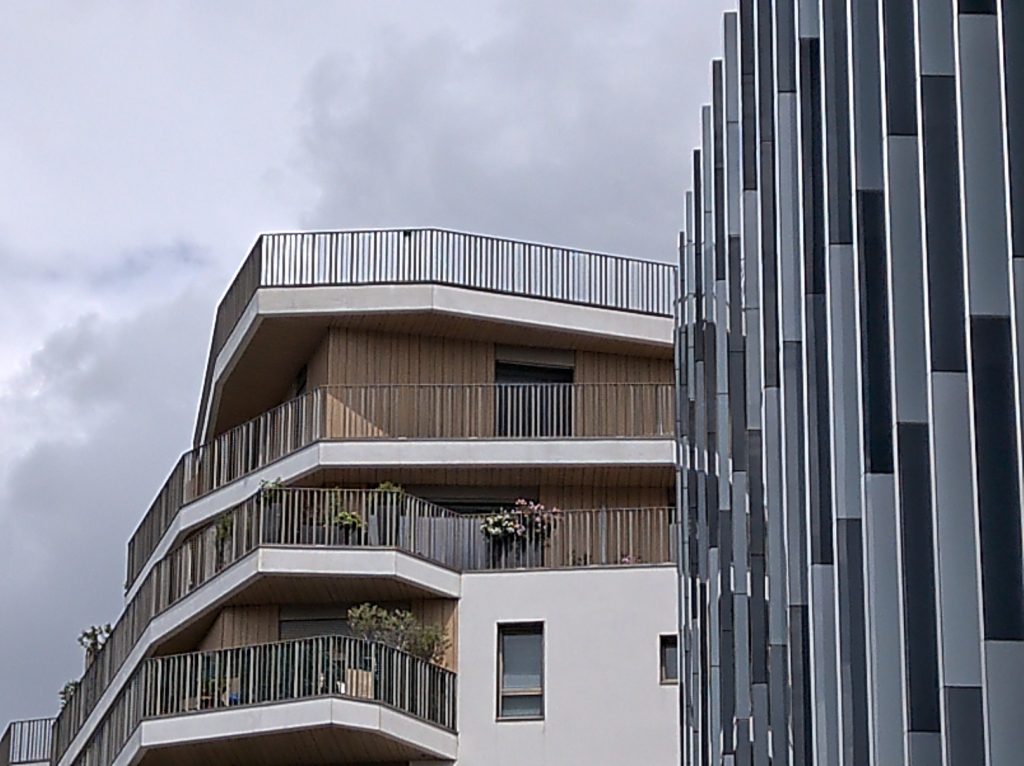
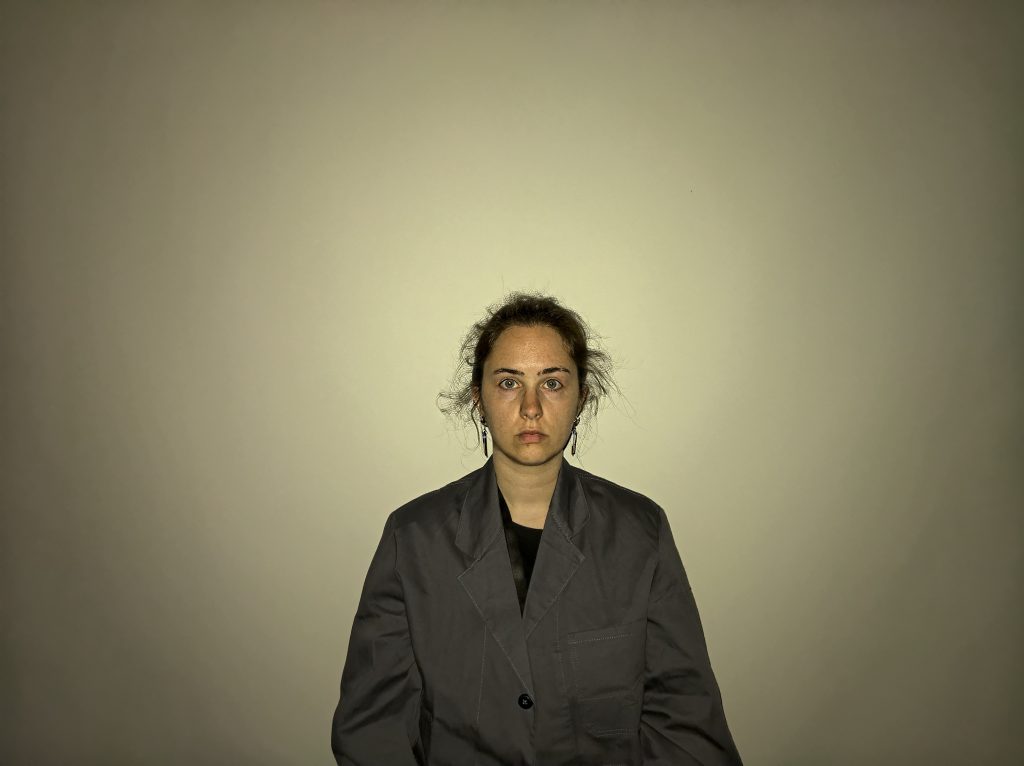
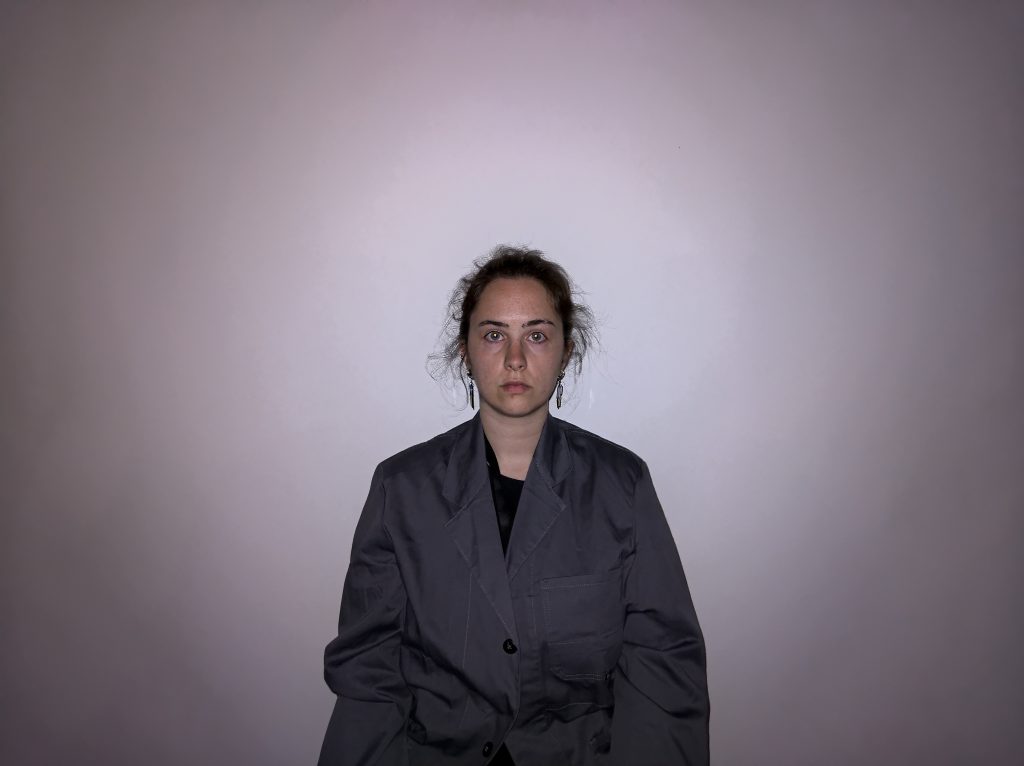
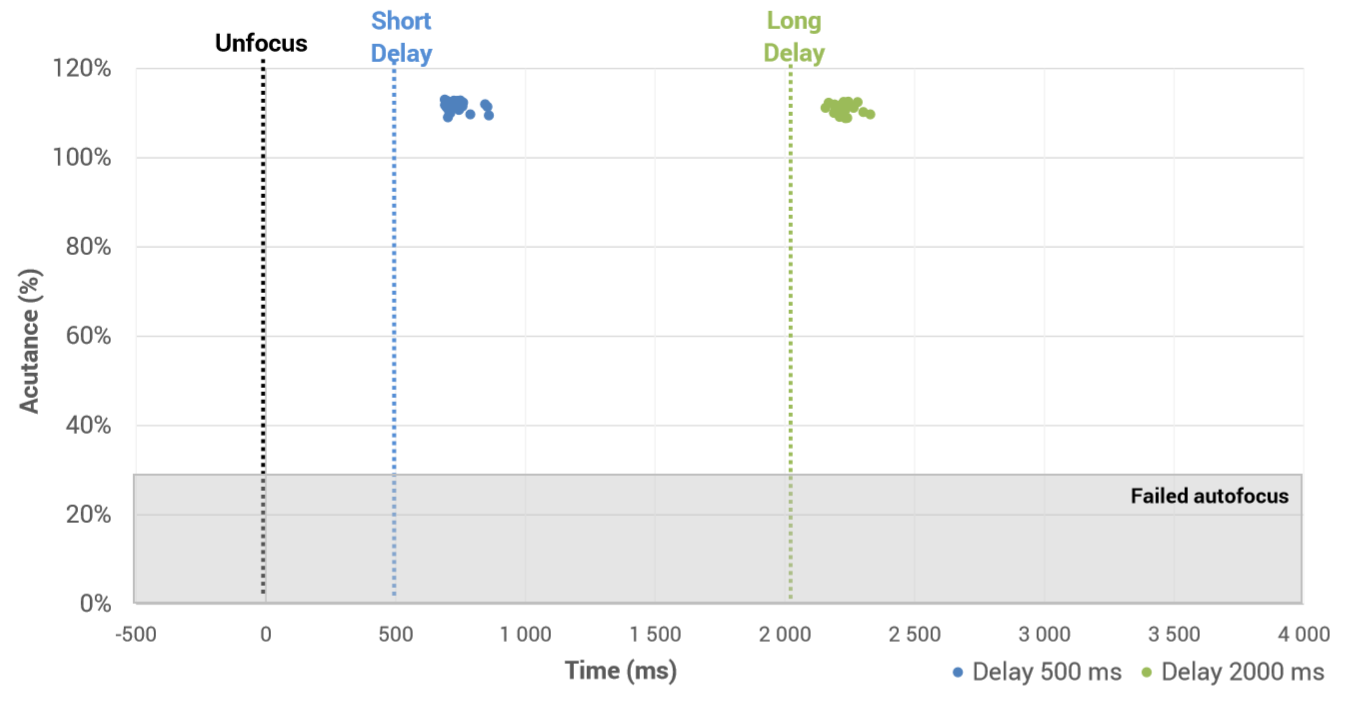
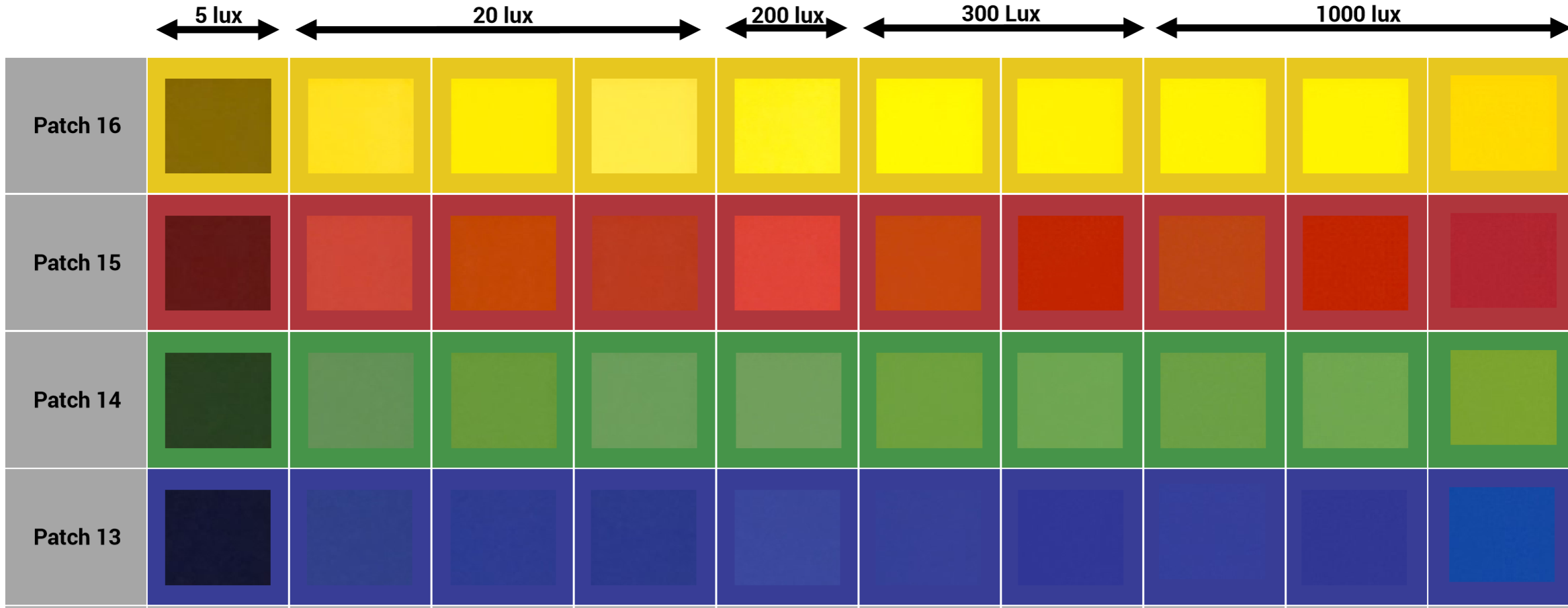
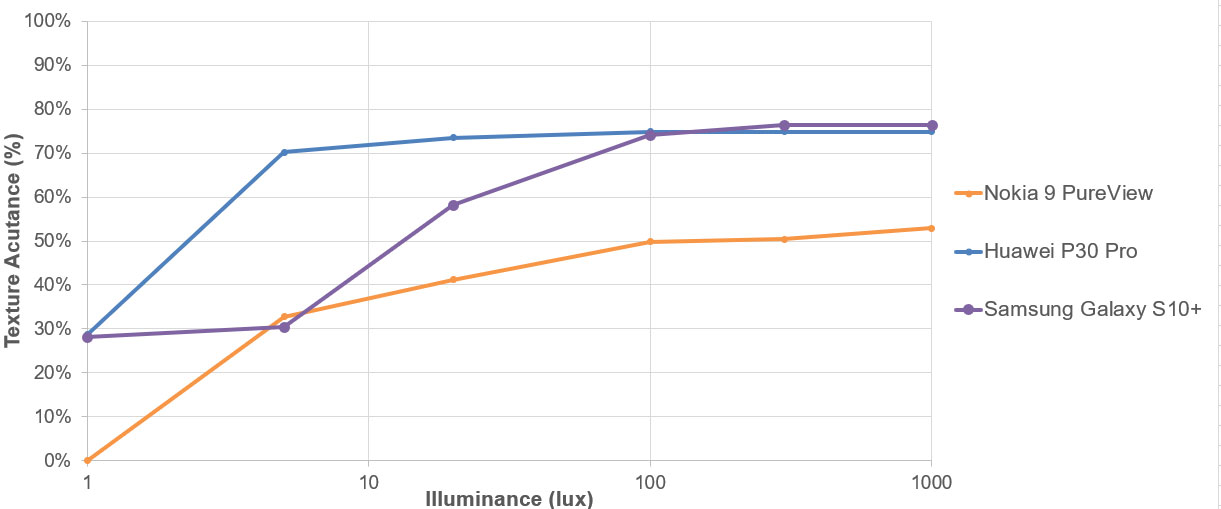
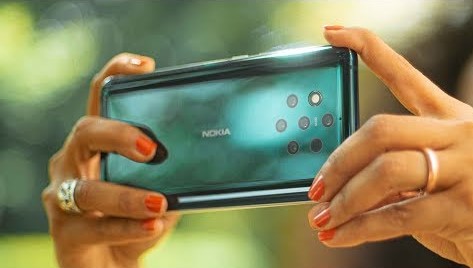



DXOMARK encourages its readers to share comments on the articles. To read or post comments, Disqus cookies are required. Change your Cookies Preferences and read more about our Comment Policy.